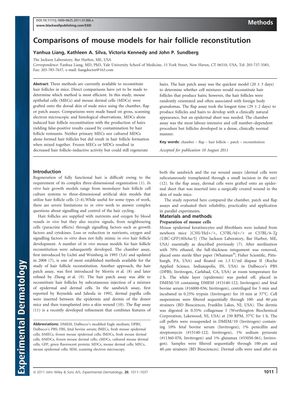TLDR The flap assay grows the most natural hair but takes the longest, the chamber assay is hard work but gives dense, normal hair, and the patch assay is quick but creates poorly oriented hair with some issues.
The study by Liang et al. evaluated three mouse models for hair follicle reconstitution: the chamber, flap, and patch assays, using mouse epithelial cells (MECs) and mouse dermal cells (MDCs). The flap assay took the longest at 29 ± 2 days but yielded the most clinically natural follicles, while the chamber assay was labor-intensive but produced dense, clinically normal follicles. The patch assay was the fastest at 20 ± 3 days but resulted in poorly oriented follicles and was associated with granulomas. A minimum of 1 × 10^6 epidermal cells and 1 × 10^3 dermal cells were necessary for successful hair follicle reconstitution. The chamber model was the most reproducible, the flap assay required fewer cells but more labor, and the patch assay was quick but less suitable for studying hair shaft quality or density. Each model had its own advantages and disadvantages, making them suitable for different research goals.
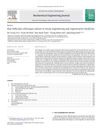 21 citations
,
October 2009 in “Biochemical Engineering Journal”
21 citations
,
October 2009 in “Biochemical Engineering Journal” Stem cell therapy is a promising approach for hair regrowth despite potential side effects.
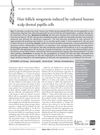 63 citations
,
September 2009 in “Regenerative Medicine”
63 citations
,
September 2009 in “Regenerative Medicine” Scientists found a way to grow human hair cells in a lab that can create new hair when transplanted.
 131 citations
,
July 2009 in “Experimental Dermatology”
131 citations
,
July 2009 in “Experimental Dermatology” The document concludes that specific cells are essential for hair growth and more research is needed to understand how to maintain their hair-inducing properties.
338 citations
,
July 2009 in “Development” Sox2-positive cells determine specific hair follicle types in mammals.
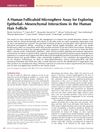 71 citations
,
October 2008 in “The journal of investigative dermatology/Journal of investigative dermatology”
71 citations
,
October 2008 in “The journal of investigative dermatology/Journal of investigative dermatology” HFMs can help study hair growth and test potential hair growth drugs.
427 citations
,
April 2008 in “Nature Protocols” 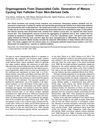 205 citations
,
April 2005 in “Journal of Investigative Dermatology”
205 citations
,
April 2005 in “Journal of Investigative Dermatology” Scientists have found a way to create hair follicles from skin cells of newborn mice, which can grow and cycle naturally when injected into adult mouse skin.
854 citations
,
February 2002 in “The journal of investigative dermatology/Journal of investigative dermatology” Understanding hair follicle development can help treat hair loss, skin regeneration, and certain skin cancers.
6 citations
,
January 1994 in “Skin Pharmacology and Physiology” Dermal papillae are crucial for hair growth and follicle development.
1010 citations
,
August 2000 in “Cell” Hair follicle stem cells can form both hair follicles and skin.
21 citations
,
December 1994 in “British Journal of Dermatology” Sheep dermal papillae can help form hair follicles in skin models.
